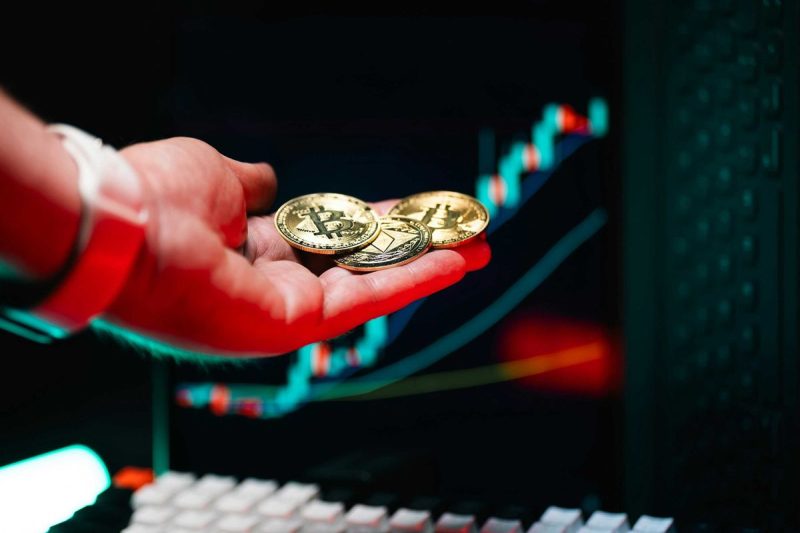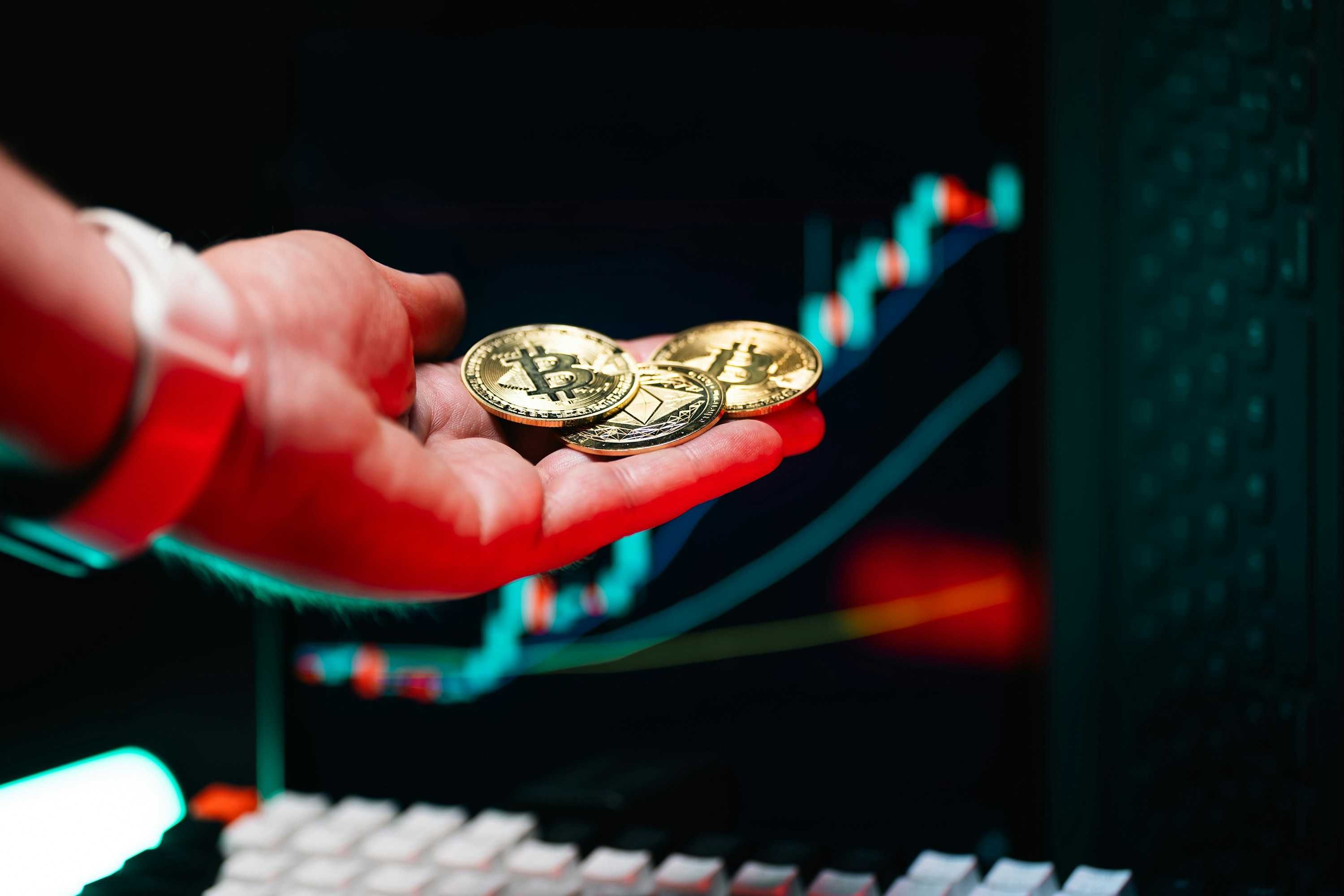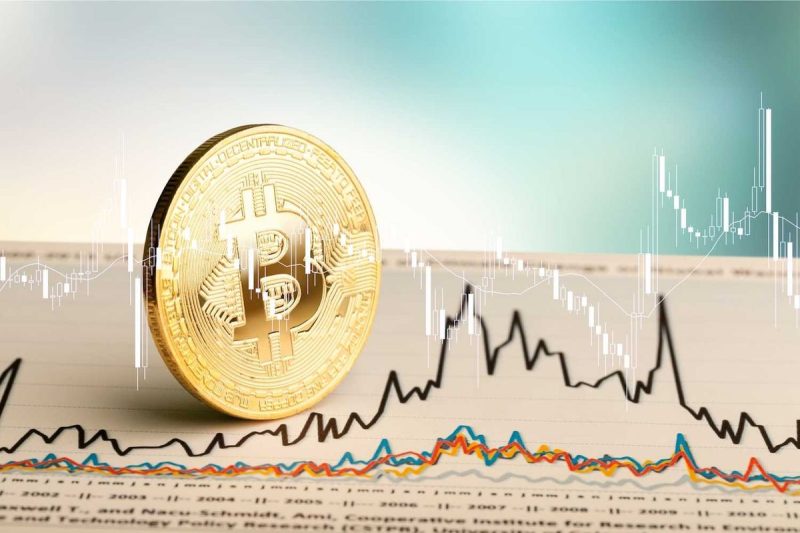Several incidents in the COVID pandemic’s first two years forced me to confront the uncomfortable reality that American society had cracked apart, fleeing the comfort and safety of accepted knowns to float untethered from logic in a foreign ether far from planet Earth. Welcome to Mars.
But prior incidents had already trained and prepared my mind to expect a coming derangement. During the Persian Gulf War and the Northridge Earthquake, I had near-death experiences that lingered for years in memory, forever shaping my future actions. Just as scary as thinking I was about to die were the frightening behaviors I witnessed in those around me. During the Gulf War, a soldier in my division came across an Iraqi mine. Instead of calling for engineers to destroy the device, he decided to flip it away from himself, blowing off his own head. After the 1994 earthquake stopped shaking my condo so hard the refrigerator fell over and the walls seemed close to caving in, I stepped outside to smell gas leaking from the major pipeline that ran beneath our complex and a nervous neighbor lighting a cigarette to calm his nerves.
Terrified someone we couldn’t see might be lighting up a smoke elsewhere in the condo complex, my roommates and I fled for safety, driving through a surreal cityscape of gas line fires, while I rode in the backseat with a loaded pistol.
Both wars and natural disasters upend the laws and rules that govern our normal existence. Experience has taught me that such tectonic shifts in society’s rules leave many unprepared to adapt and navigate a new ecosystem. My safety and survival, I’ve learned, sometimes depend on putting my back against a wall to watch those around me whose thinking refuses to acclimate.
The rules are changing dramatically, I posted on Facebook, back in the summer of 2020. And some people won’t be able to adapt. You’re gonna see people you have long trusted and respected lose their absolute minds, drop trou and show the whole world their entire ass. Be careful.
I knew crazy was coming. I did not expect that crazy to destroy so much trust in our government, media, and social institutions.
How “Follow the Science” Destroyed Trust in Science
Journalist David Zweig documents much of the COVID pandemic crazy in his book An Abundance of Caution. In diligent detail, he marches the horrified reader through a series of mistakes, most still unacknowledged, including the lack of scientific evidence for lengthy school closures and nonsensical “follow the science” requirements for masks and social distancing. The details he describes remain frightening because too many still deny what happened nor admit they did anything wrong.
The month after the pandemic took off in the West, the Journal of the American Medical Association (JAMA) published a February 2020, summary of Chinese data and found just 2 percent of COVID patients were less than 19 years old and no children younger than 10 had died. “Disease in children appears to be relatively rare and mild,” Zweig discovers, digging up a World Health Organization (WHO) report published that same month.
Just like the study in JAMA, WHO researchers stated that children accounted for around 2 percent of reported cases, with only 0.2 percent of children categorized as “critical disease.” This calculates to 0.0048 percent of the total population who became seriously ill.
People interviewed by the WHO investigative team “could not recall episodes in which transmission occurred from a child to an adult.”
Despite research showing that kids were at minimal risk from the virus, Zweig records what we all now know: we ignored objective science in favor of subjective values, locked down our cities, shut down our schools, and threw the kids on laptops pretending they would learn. Baseless fears that children were dying in large numbers lingered even six months into the pandemic, long after anyone with eyes could see the virus wasn’t killing kids.
Gallup released a poll in July 2020 finding that the public thought 40 times the number of people younger than 25 were dying than was actually the case.
“People were dying from a scary new disease, and my family and my neighbors were readily compliant with the governor’s orders to stay home, and stay apart from each other until some unknown time when this thing was going to go away,” Zweig writes, describing the state of his household a month into New York State’s lockdown. “And yet. This virus, which was a terror for the old, posed almost no threat to my kids or their friends.”
A former magazine fact checker, Zweig began digging into scientific studies and calling up established researchers to try and understand how state and federal governments formulated pandemic policies that seemed to ignore scientific evidence while harming his own children. Trusted officials, he found, were failing to adequately explain the uncertainties of published research and closing their eyes to documented consequences.
But the public never learned that pandemic strategies were based mostly on values, not objective science, because journalists had abandoned all pretense of reporting. Instead of scrutinizing the scientific literature, journalists with legacy media outlets favored calling up these same trusted officials. Reporters also platformed a coterie of self-branded experts who managed to claw their way out of scientific obscurity to become overnight authorities on epidemics in the press and on social media.
Many of the plans enforced during the pandemic ignored already established contagion-response strategies. In his book, Zweig cites several researchers who warned that school shutdowns would damage children during an epidemic, such as D.A. Henderson, a much celebrated epidemiologist who led the international effort to eradicate smallpox before becoming dean of the school of public health at Johns Hopkins University.
“Disease mitigation measures, however well intentioned, have potential social, economic, and political consequences that need to be fully considered by political leaders as well as health officials,” Henderson wrote in a 2006 paper published in the journal Biosecurity and Bioterrorism. “Closing schools is an example.”
Henderson cautioned against locking kids out of school and forcing some parents to abandon work to stay at home, a policy that would place an unfair burden on certain segments of society to control virus transmission. Henderson and his co-authors also forewarned against policies based on scientific models, as they would fail to account for all social groups.
No model, no matter how accurate its epidemiologic assumptions, can illuminate or predict the secondary and tertiary effects of particular disease mitigation measures. . . . If particular measures are applied for many weeks or months, the long-term or cumulative second- and third- order effects could be devastating.
Yet models are exactly what trusted officials relied on, Zweig writes, for pandemic procedures such as school closures whose damage to children is still being assessed. As for the segments of society who were most harmed, that would be the less privileged and the working class, whose experiences and perspectives were never injected in these models formulated by “laptop liberals” who had the privilege to work from home offices.
Zweig highlights the awful reporting by a few laptop warriors, such as New York Times reporter Apoorva Mandavilli, and a 2020 working paper by Dartmouth College and Brown University academics underlines how poor journalism was pervasive. Analyzing 20,000 news articles and TV news segments from foreign English-language and American media for positive or negative tone, they found that US major media outlet coverage was far more downbeat.
“Among topics analyzed, the researchers looked at schools coverage specifically,” Zweig writes. “They found that 90 percent of school reopening articles in American mainstream media were negative, compared to only 56 percent for English-language major media in other countries.”
Pretending Certainty, Demanding Compliance
Living in Spain, I was unaffected by much of the pandemic crazy in 2020. My wife is a physician, but we had just had a child, so she was staying at home. No worries about school lockdowns, no fears about my wife getting sick treating patients. As for me, I work from home, and ventured out every few days during the lockdown to buy food.
I didn’t realize it at the time, but I was the classic lockdown liberal, and I played the part like a skilled character actor. I followed all the rules, masking when I left the apartment and berating anyone on social media who did otherwise. But as happened with Zweig, cracks in my worldview eventually appeared.
After Trump announced pharma executive Moncef Slaoui as his Coronavirus Czar to run Operation Warp Speed, I wrote a July 2020 piece for The Daily Beast discussing my dealings with Slaoui. I had led the US Senate investigation into GlaxoSmithKline (GSK), from 2007 to 2010, and we had uncovered GSK hiding the dangers of Avandia, the company’s $3 billion a year blockbuster diabetes miracle. Slaoui was head of GSK’s research, at the time, and the Committee’s 2010 report on Avandia exposed Slaoui lying to Congress about the drug’s harmful effects.
“In the face of the most dangerous disease confronting the country today, why would Trump ask the public to trust someone with this past?” I reported for the Daily Beast in July 2020.
By late 2020, I was having serious doubts about the COVID news. When I came across an article dismissing the idea that the pandemic might have started in a Wuhan lab as a “conspiracy theory,” I shared it on Facebook with a skeptical comment, pointing out that it was absurd to use that label when none of us actually knew how the pandemic began.
I was then confronted by a couple science writers who dressed me down in Facebook comments. Didn’t I know that Trump was saying the virus came from a lab? Why was I saying the same thing as Steve Bannon, the conservative podcaster?
The response was a bit mind-boggling. I didn’t listen to Bannon’s podcast, and I didn’t care what Trump said. I certainly didn’t follow Trump on social media because I got my fill of his opinions in the news. But if Trump did say the virus came from a Chinese lab, what did that have to do with me asking questions?
Like everyone, I followed requirements to mask, even though I found masks off-putting and masking demands almost religious in their imposition. At the same time, several respected researchers told me that the scientific evidence for masking wasn’t there. So why were we all masking?
Losing Faith in the Church of COVID
I first spoke with Zweig several times in early 2023. Elon Musk had given me the greenlight to come to Twitter’s headquarters and dig through the Twitter Files for evidence the company had been censoring inconvenient COVID truths. Zweig had already published some Twitter Files and I wanted to pick his brain about what I could expect when I got to San Francisco. (Unfortunately, Zweig doesn’t cover the pandemic censorship in his book.)
I began picking Zweig’s brain about the science supporting mask mandates. Scouring the academic literature and news reporting on masks, I had found a few articles in places like Scientific American, and Wired that argued masks don’t work to stop virus transmission. Zweig had written three of these: a 2020 article in Wired, and articles in New York Magazine and The Atlantic in 2021.
Zweig lays out all the problems with “masks work” science in his book, but I had missed his articles when they were published, because his reporting had been drowned out in a tidal wave of news cheerleading for masks. Zweig’s report in The Atlantic titled, “The CDC’s Flawed Case for Wearing Masks in School” is particularly revealing about mask derangement.
Zweig’s article discusses a paper published in the CDC’s Morbidity and Mortality Weekly Report and found that schools without mask mandates were three-and-a-half times more likely to have COVID outbreaks than schools with mask mandates. The findings were so stunning that CDC Director Rochelle Walensky flacked them during interviews, including an appearance on CBS’s Face the Nation.
Zweig, however, discovered the study was rife with errors, one scientist calling it “so unreliable that it probably should not have been entered into the public discourse.” First, many of the schools cited in the paper were not even open during the study period. Furthermore, the researchers didn’t control for student vaccination status, which would have changed the incidence of COVID illness. Zweig also found that some of the schools that were supposed to have mask mandates never had mandates, while others were virtual schools where students never attended in person.
Back when I called Zweig in 2023, he told me he found reporting on the CDC study for The Atlantic in 2021 still painful, two years later. After documenting all the flaws in the CDC paper, he told me he sent the list to the CDC for comment. The agency didn’t dispute his reporting, yet they stood by the study.
“I was just banging my head on the floor, ‘Oh, my God. What is going on!” he told me at the time.
Zweig also documents a paper that researchers at Arizona State University published in April 2020 that alleged if 80 percent of people wore masks it could reduce COVID mortality by 24 percent to 65 percent. But did they arrive at this conclusion by running a study? Of course not.
Zweig found the paper was based on a model that was based on another model and a whole slew of assumptions. Only when you delve into the details do you realize how shoddy the research was that guided us through the pandemic:
The authors arrived at this conclusion by assuming masks had, at worst, a 20 percent effectiveness. Where did they get 20 percent from? They cite another modeling paper, “Mathematical Modeling of the Effectiveness of Facemasks in Reducing the Spread of Novel Influenza A.” This paper, however, cites a study that found surgical masks can have a performance as poor as just 15.5 percent effectiveness at blocking virions. The study also found that, depending on particle size, nine out of ten N95 masks, which are supposed to block 95 percent of particles, failed to meet that benchmark. Some of the tests in the study also used aerosolized salt, which has different characteristics from viruses. And, importantly, the study was conducted in a laboratory on manikins, with the masks “sealed to the manikin’s face.” The authors noted the obvious: “in real life leaks may lead to considerably increased penetration.”
Hundreds of subsequent studies, Zweig discovered, then cited this modeling paper, as did many governmental reports. But on social media, the “model” morphed into a “study” that was “proof” that masks work.
The Perils of Predictive Modeling
“Models bury assumptions,” one expert tells Zweig. As he notes in the book, many models have little or no power in predicting the future:
It was like a football coach showing his team a complex offensive play and insisting it would result in a touchdown, without acknowledging that each of the opposing team’s defensive players might not do what he expected them to do. Even the most elegantly designed plays by the best coaches often turn out ugly on the field. Like their human counterparts, the scientific models were a beautiful ideal.
Halfway through the reading, I sent Zweig a text, complaining how mad his book was making me. This is my only warning to readers. Zweig’s book is smart, well-written, and superbly researched, but as he recounts his own experiences page after page, it will dredge up your memories of the pandemic. Like mine, like Zweig’s, they are certain to be laden with confusion and laced with certainty that the world, however briefly, had gone mad.
Unfortunately, if you’re searching for some sort of resolution that An Abundance of Caution has set history right, restored a sense of truth, and resurrected faith in our leaders, think again. As the pandemic wound down, Zweig recounts how the media and left-leaning establishment dreamed up a new narrative to hide their prior mistakes: “those decisions were regrettable, yet they were understandable during a time of fear and uncertainty.”
There is no going back to a time before COVID-19 made our world crazy. You are right to be mistrustful of trusted officials and respected institutions. Zweig’s writing lays out all the evidence you need to feel this way.






















